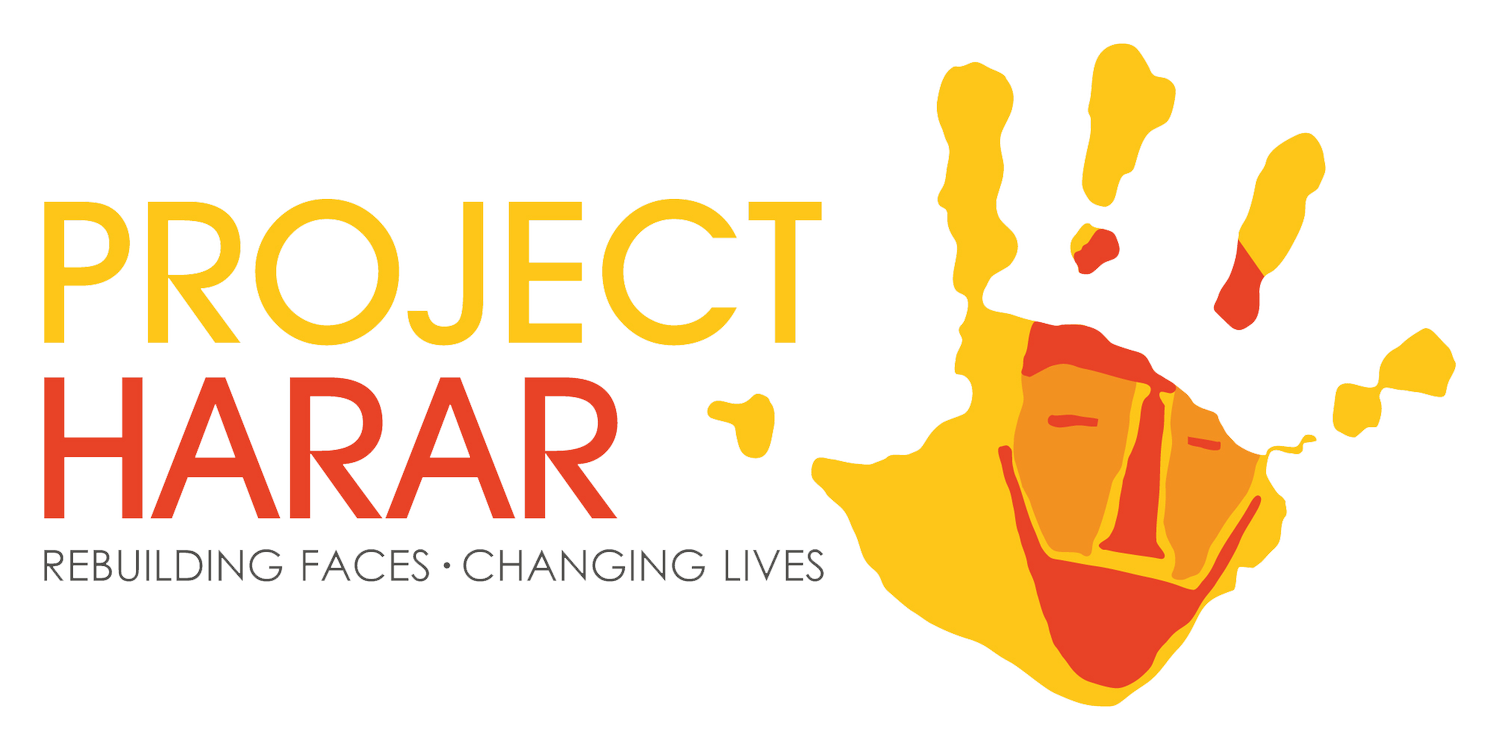Why do people with facial difference face stigma in rural Ethiopia?
Stigma against those living with facial difference exists across the world.
There are many factors and injustices that feed into stigma and discrimination — but much of this stems from a lack of understanding around facial difference and a lack of positive representation in society.
Where we work — in rural and remote areas of Ethiopia, stigma is extremely prevalent amongst the people we meet who are living with facial difference and accessing our services.
This is due to a range of reasons, but mainly down to a lack of health information about cleft lip and palate — or a complex facial disfigurement. In some rural areas the nearest health clinic, or health post could be over a days journey away. Many families living in rural areas tell us that they had never heard of cleft lip and palate before. This, coupled with strong religious belief in some areas, can lead to people thinking that facial difference is some kind of curse or punishment on families affected by it.
The health infrastructure in rural areas of Ethiopia means that its extremely difficult for people to access the treatment they need, in the case of a cleft lip or palate, infants and children in rural areas affected will be likely to receive treatment later than they need it, meaning that they will grow into the later stages of childhood with a cleft condition. It is common for families to hide their baby away and more often than not, the child will not attend school until they have received treatment. Children who are accessing our services tell us that they are badly bullied by other children. In extreme cases families are completely isolated from the rest of their community and barred from attending faith groups or cultural festivals.
What are we doing about this?
Alongside our year round cleft programme — that provides access to cleft surgery for families in the most remote and disadvantaged communities, Project Harar train multidisciplinary health and social workers about managing cleft cases. This includes: how to identify children affected by cleft lip or palate, how to offer feeding and breast feeding advice to mothers, when to refer a cleft patient to Project Harar and how to refer onwards to other cleft related services, such as speech and language therapy. This creates awareness about cleft conditions and facial differences, meaning that local health workers can be part of the cause to break down health misinformation and stigma.
Photo from one of our awareness raising workshops in the Amhara Region: March 2022
Project Harar recognise that in rural communities in Ethiopia religious and community leaders have a huge impact on health messaging being disseminated, which is why Project Harar Programme Officers offer the same training seminars and workshops.
We also run targeted awareness raising campaigns which are in collaboration with local, regional and national media outlets. Due to limited health monitoring and information in rural communities, families are often not aware that there is medical treatment available for their children. Collaborating with regional and local media outlets helps messages spread further, via local radio and television channels, letting families know they are not alone and asserting cleft lip and palate as a medical issue, that can be treated.




